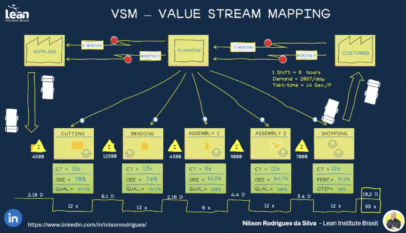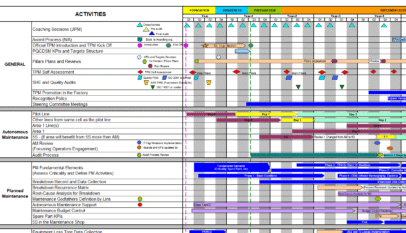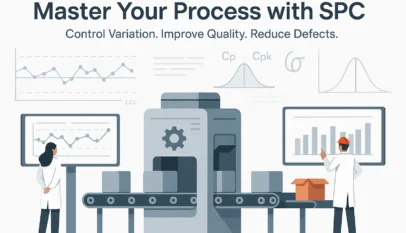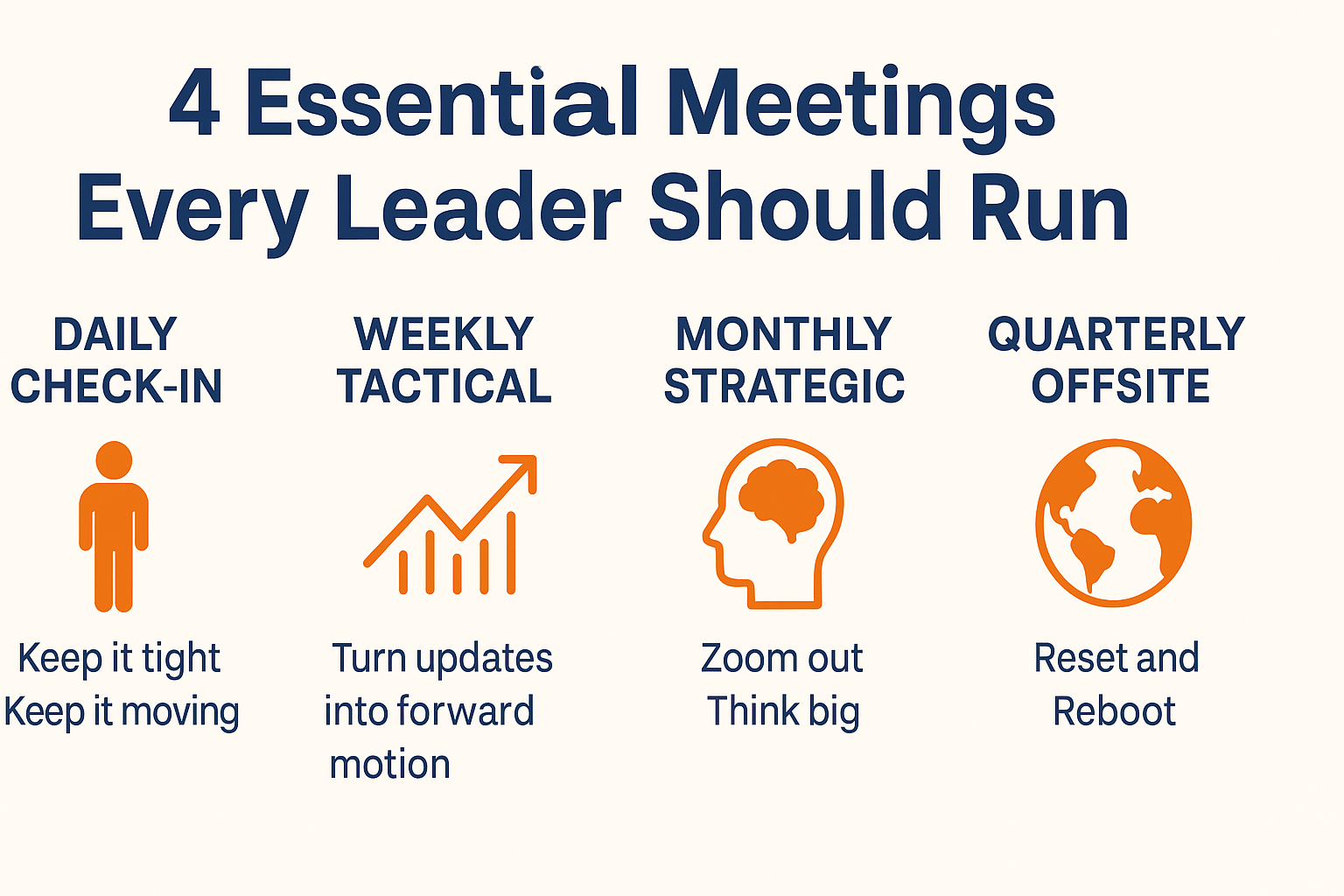Change management has become an essential part of organizational development, particularly in the ever-evolving manufacturing industry landscape. The plant floor, a crucial component of the manufacturing process, requires a flexible approach to change management to achieve efficiency, innovation, and profitability. This article will discuss the importance of change management in the manufacturing sector, exploring key principles and strategies for successful implementation on the plant floor.
The Importance of Change Management in Manufacturing
Adapting is vital to staying competitive in an industry where technology is constantly advancing. As observed by Charles Darwin, “It is not the strongest of the species that survives, nor the most intelligent that survives. It is the one that is most adaptable to change” (Origin of Species, 1859). This sentiment rings particularly true in manufacturing, where change can impact everything from machinery to workforce dynamics. Embracing change management allows organizations to anticipate, respond to, and capitalize on these changes, rather than being overwhelmed.
- Assess the Need for Change
The first step in change management is identifying areas needing improvement or adaptation. This can be achieved through regular audits, employee feedback, or both. As Peter Drucker famously said, “If you can’t measure it, you can’t improve it” (The Practice of Management, 1954). Establishing key performance indicators (KPIs) and setting targets for improvement will provide a clear framework for assessing the need for change on the plant floor.
- Communicate the Change
Once the need for change has been established, it is essential to communicate its rationale to employees. This includes articulating the benefits of the change and addressing any concerns or resistance that may arise. As John P. Kotter explains in his book Leading Change (1996), “Transformation is a process, not an event.” Ensuring employees understand and support the change is vital to its successful implementation.
- Provide Training and Support
Implementing change on the plant floor often requires employee training and support, whether it be to operate new machinery, adopt new processes, or adapt to new roles. Providing these resources facilitates a smoother transition and increases employee engagement and buy-in. As Ken Blanchard and Spencer Johnson noted in The One Minute Manager (1982), “People who feel good about themselves produce good results.”
- Monitor and Adjust
Change management does not end with implementation. It is an ongoing process that requires monitoring, evaluation, and adjustment to ensure that the intended outcomes are being achieved. As W. Edwards Deming once said, “It is not enough to do your best; you must know what to do and then do your best” (Out of the Crisis, 1982). Regularly reviewing and refining the changes made on the plant floor will help to optimize their effectiveness.
Conclusion
Change management is essential to modern manufacturing, allowing organizations to respond to evolving technologies, market demands, and workforce dynamics. By assessing the need for change, communicating its benefits, providing training and support, and monitoring its success, manufacturers can optimize their plant floor operations, increase efficiency, and maintain a competitive edge in an ever-changing industry.


















